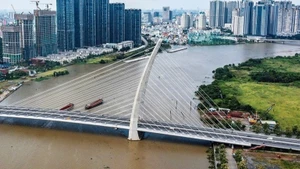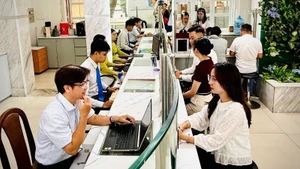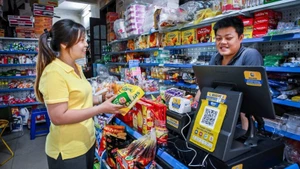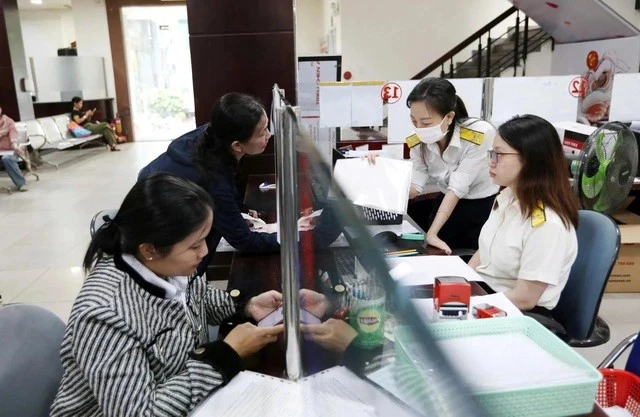Vietnam is home to more than 710,000ha of coffee plants, generating 2.8 tonnes of beans per ha and over 1.84 million tonnes in total. The certified area in the Central Highlands, the coffee cultivation centre of the country, topped 184,000ha in 2022, accounting for 28.2% of the region’s total coffee area.
In 2022, Vietnam exported 1.78 million tonnes of coffee worth over 4.06 billion USD, the highest in more than a decade.
However, as raw coffee makes up the majority of export, this commodity’s added value remains modest.
To sustainably develop and raise the value of the coffee industry, the Ministry of Agriculture and Rural Development (MARD) has issued many plans and projects. Among them, a programme on coffee recultivation in the Central Highlands during the 2014 - 2020 period has proved effective as hundreds of thousands of hectares of coffee has been regrown to boost both productivity and quality and, subsequently, farmers’ income.
Another important measure is to form production chains, from developing material supplying zones, purchasing input materials, transferring production techniques, to signing sale contracts.
Aside from new cultivation measures, investment in intensive processing, market expansion, and brand protection are necessary to increase the value of Vietnamese coffee, according to insiders.
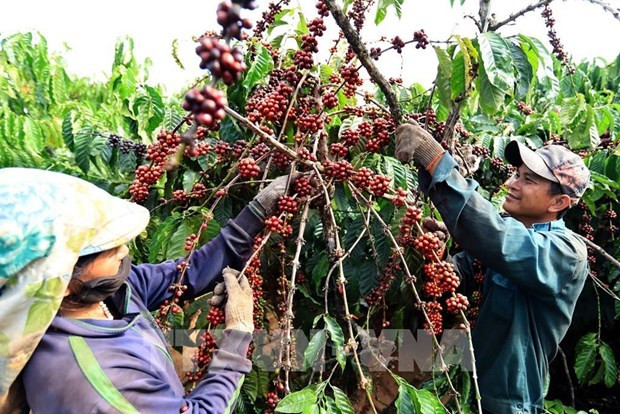 |
| Farmers harvest coffee in a Central Highlands province. (Photo: VNA) |
The coffee sector is also striving to apply international standards and align national standards accordingly, which is considered a focal task amid intensive economic integration into the world.
Not only foreign businesses but major domestic firms like Vinacafe, An Thai, G7, and Vinh Hiep have also equipped themselves with moden processing technology to produce high-quality products serving domestic consumption and exports.
Bach Thanh Tuan, Vice Chairman of the Vietnam Coffee - Cocoa Association (VICOFA), noted Vietnam, a leading supplier of raw coffee, has exported the commodity to more than 80 countries and territories. Its biggest markets include Germany, Italy, the US, Belgium, Spain, Japan, the Philippines, Russia, China, and the UK.
There remains much room for exports, which can bring home 6 billion USD, or even 10 billion USD, in revenue in the future, he went on.
To improve the Vietnamese coffee’s added value, it is important to continue optimising the free trade agreements with importing countries, step up advertising the brand of high-quality Vietnamese coffee, organise more trade promotion programmes, and provide businesses with further market information, Tuan recommended.
Addressing the opening ceremony of the recent 8th Buon Ma Thuot Coffee Festival, Deputy Prime Minister Tran Luu Quang asked the MARD and localities to push ahead with restructuring agriculture and the coffee sector, developing high-quality and specialty coffee meeting international standards, and increasing the value of the coffee production chain, especially to improve profit for local farmers.

